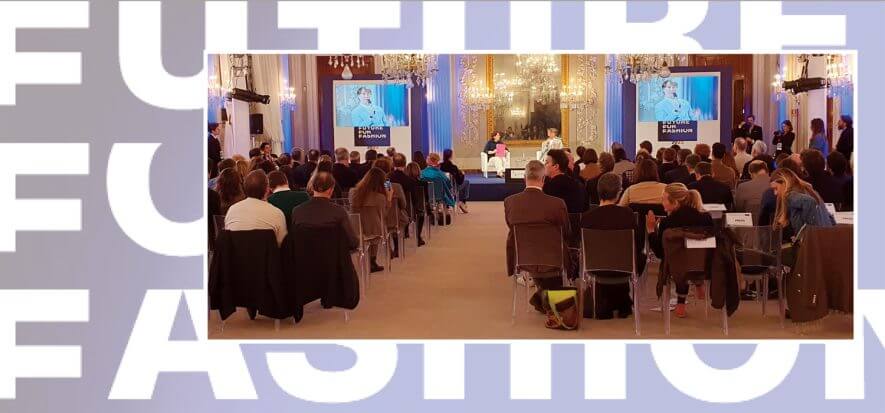Supply chain synergy, centrality of training, dignity of labour. These are the strategic assets in which the Italian fashion system must invest to remain a leader. This was discussed on Thursday, March 23, in Florence, in the Sala Bianca at Palazzo Pitti, during the first day of Future for Fashion, a conference promoted by Confindustria Firenze in collaboration with the Municipality of Florence and the Florence Centre for Italian Fashion.
Cucinelli, Kiton and the dignity of work
Investing in corporate welfare. “I am fascinated by this manufacturing Italy, which places us among the first in the world in luxury goods, second only to Germany”, says Brunello Cucinelli. “We must restore dignity to the workers, making them noble. In the future, it will not be difficult to find who to sell products to, but to find who produces them. We must restore moral dignity to craftsmanship first of all, then economic dignity, making these jobs much better paid.
Let us also think about working conditions, which must be made to make the factory pleasant”. The valorisation of workers was also present in the speeches by Niccolò Ricci (CEO Stefano Ricci), Stefano Beraldo (CEO of OVS) and Antonio De Matteis (CEO of Kiton and president of Pitti Immagine). “Until now, we had not communicated this”, said De Matteis, “but last year we gave a prize of 2,000 euros to all employees. I hope for a commitment from the government that these bonuses can be facilitated by special tax measures that allow workers to enjoy them in full”.
The strength of the fashion system and the prospects for 2023
Among strategies and objectives, meanwhile, there is one certainty: the recovery of world demand and the role of internationalisation also for SMEs. “Almost 40 million euros were spent in 2022 alone with ICE for the fashion system to promote our products abroad”, says Matteo Zoppas (president of the ICE Agency), “with fairs, events, and activities for many SMEs. We are working on further initiatives to promote Made in Italy as a product of excellence and a model in terms of ecological transition”.
For Chiara Rotelli, Senior Analyst for Luxury Goods at Mediobanca, “2022 for the luxury sector has performed very well, with an average growth of around 20%. And it has exceeded pre-Covid levels by about 20%. In 2023, we see the luxury market growing on average by 10%”.
The uniqueness of the Italian supply chain and the role of training
“Many big brands recognise that Italy is the only country where all the professional skills are to be found, while others have excellences linked specifically to certain products”, stressed Attila Kiss, CEO of Gruppo Florence. In two and a half years, Florence has aggregated about 20 companies, and is looking at new acquisitions in the leather goods chain, with Scandicci as its headquarters. “Our economy”, Kiss concludes, “revolves around excellent small companies.
The next challenge is to preserve the know-how that makes them excellent by increasing their capabilities in terms of organisation and precision”. In a market that knows how to recognise the extraordinariness of the made-in-Italy fashion industry, training remains central, as Massimiliano Giornetti, director of Polimoda, and Antonella Mansi, president of the Centro di Firenze per la Moda Italiana (Florence Centre for Italian Fashion, ed.), emphasise.
Read also:










